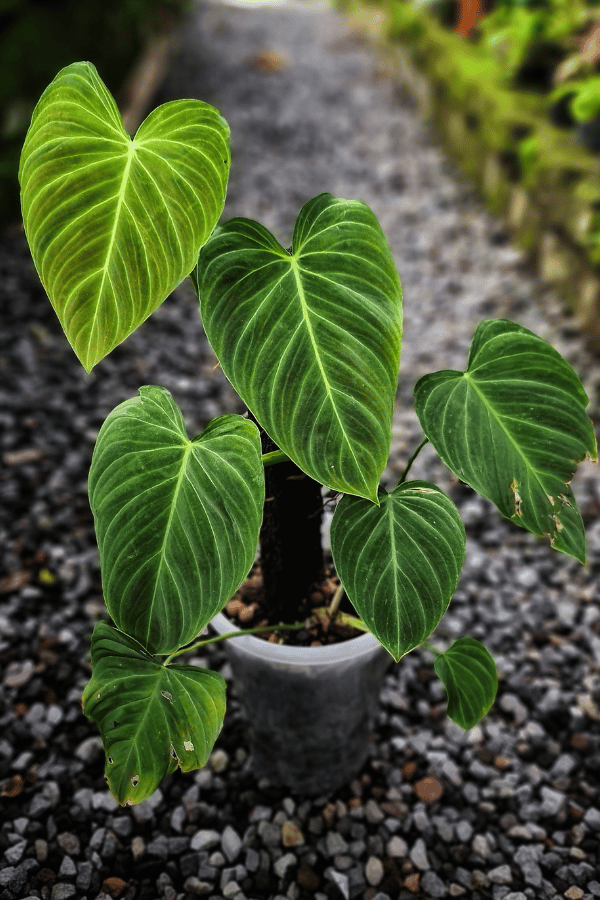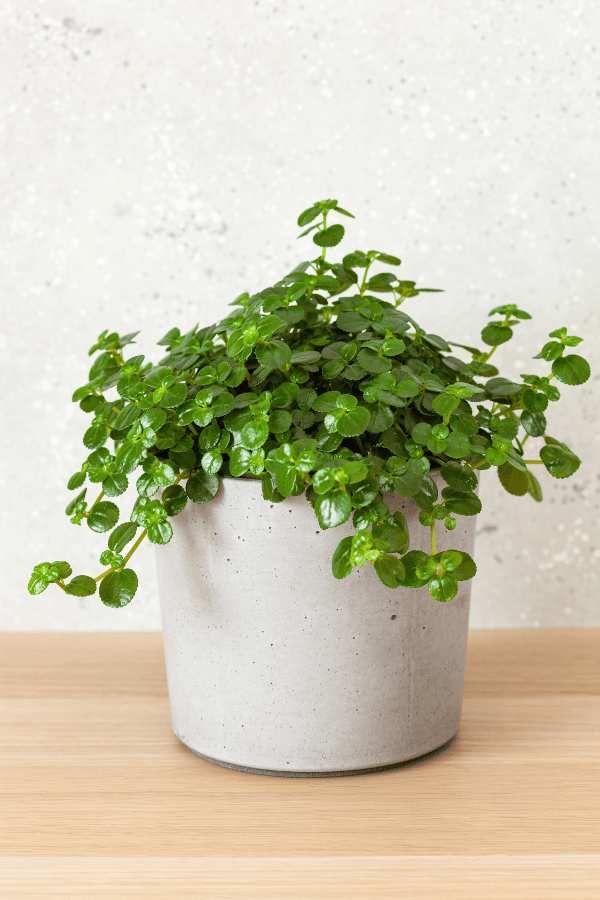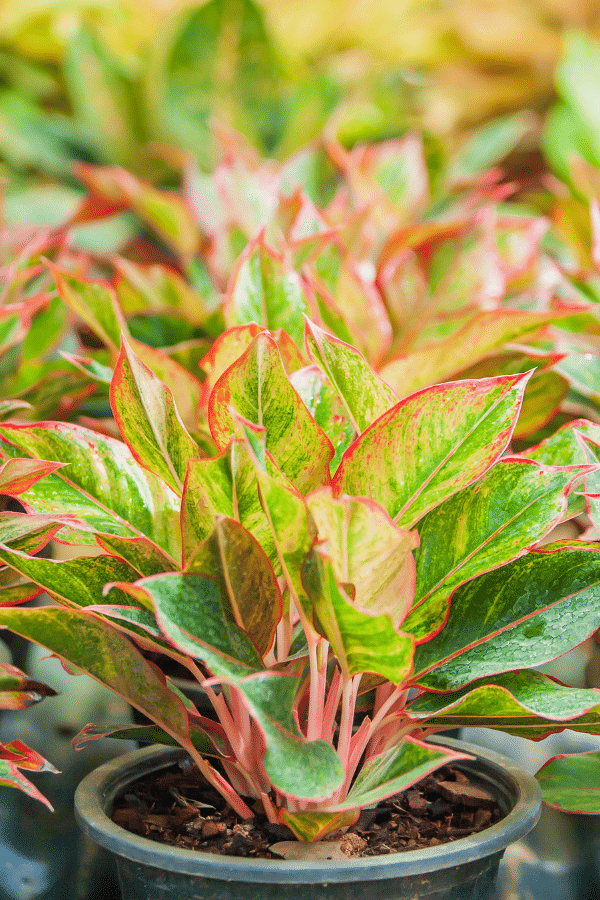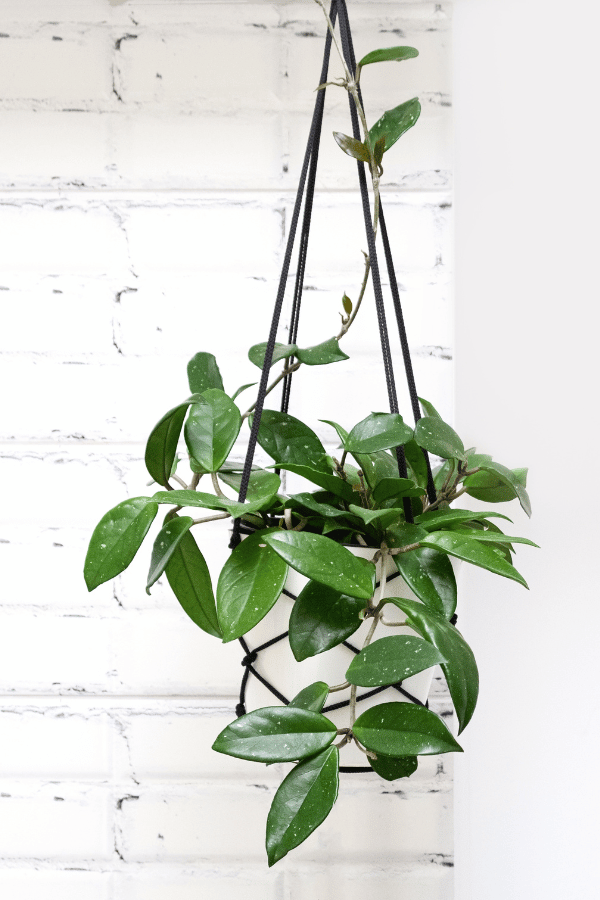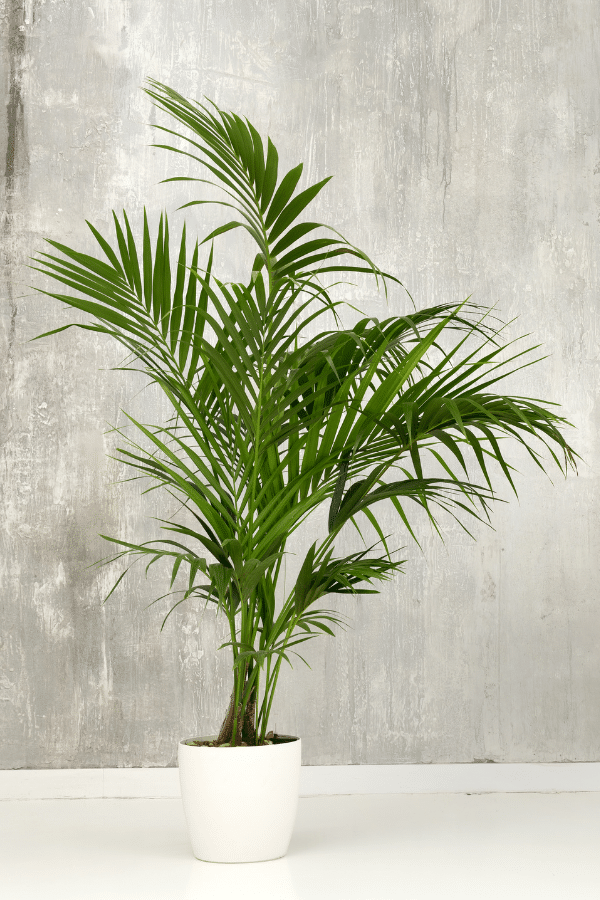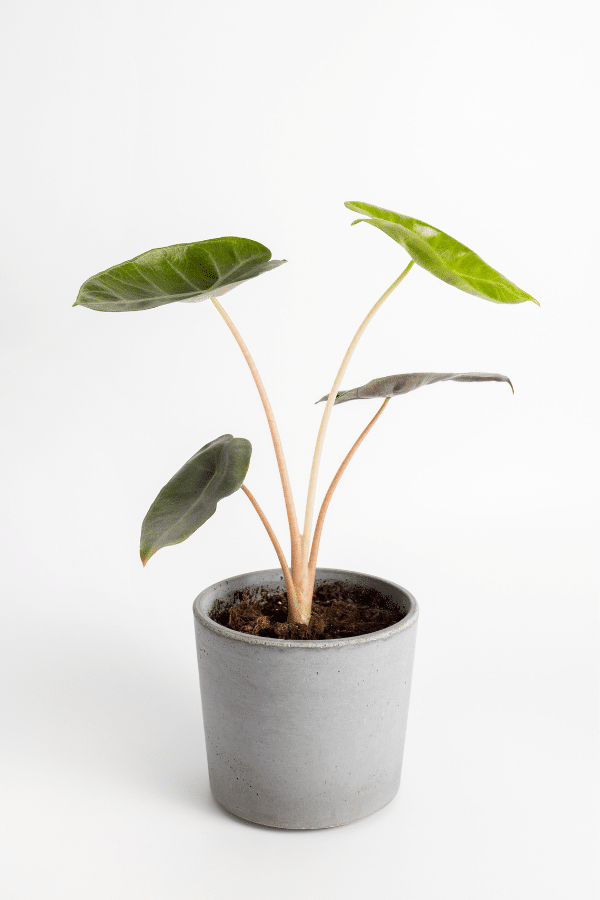Hawaiian Pothos vs Golden Pothos
There are many different types of pothos to choose from, but in this article, we are discussing two to understand the difference between them, Hawaiian Pothos vs Golden Pothos.
While both plants share similarities, such as their vining growth habit and heart-shaped leaves, there are also differences. Whether it be Hawaiian Pothos or Golden Pothos, it’s important to know the differences between the two so you know which one you can successfully grow in your space. Although there are more similarities than differences in Golden Pothos vs Hawaiian Pothos, there are some differences.
Hawaiian Pothos Overview
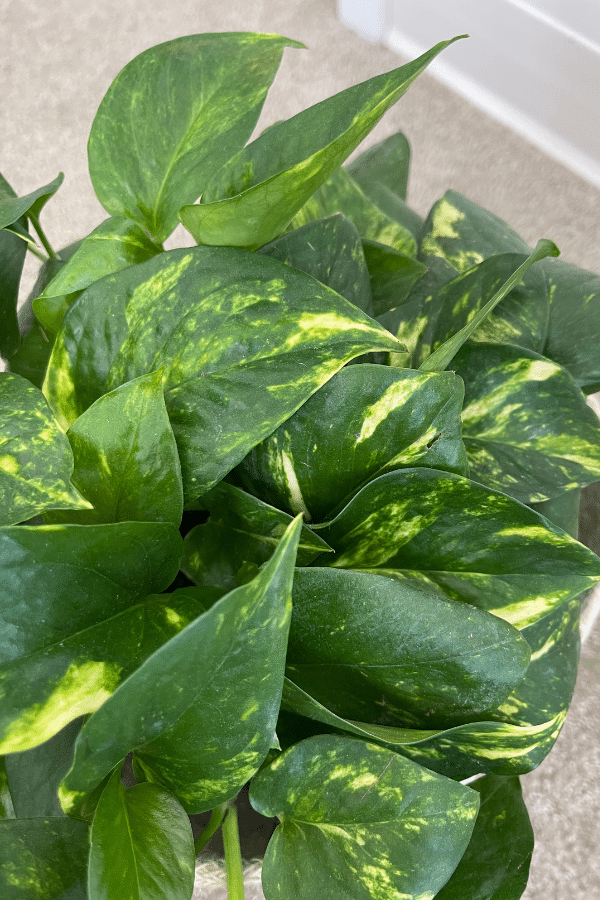
Coming from the Epipremnum Aureum genus and native to French Polynesia is the Hawaiian Pothos. This plant is often confused with the Golden Pothos, as it looks very similar with green leaves and yellow variegation. However, they are two different plants.
Hawaiian Pothos prefer bright, indirect light and consistently moist soil. Hawaiian Pothos likes to have average to high humidity, so depending on your idoor humidity levels, consider adding a humidifier.
Golden Pothos Overview

Golden Pothos (Epipremnum Aureum), also known as Devil’s Ivy, is a popular houseplant cultivar that is easy to care for and has attractive foliage. This vine plant is a member of the Araceae family and is native to the Solomon Islands.
Golden Pothos has green stems that can grow up to 10 feet long and is often grown on moss poles to encourage upward growth. In its native environment, you will find it clinging onto trees and growing upwards toward the sunlight. It can tolerate direct sunlight, but it prefers bright, indirect light. It is also important to fertilize the plant regularly during the growing season to encourage healthy growth.
When potting Golden Pothos, using a well-draining potting soil mix that includes perlite is important. The pot should have drainage holes to prevent excess water from staying in the pot.
Golden Pothos has yellow variegation and streaks on its leaves, which can turn cream-colored as the plant ages. The plant produces nodes on its stems, which can be used for propagation. Stem cuttings can be rooted in water, once roots form, it can then be planted in soil.
Differences Between Hawaiian Pothos & Golden Pothos
A ton of people don’t think there’s any difference between Hawaiian Pothos and Golden Pothos and think they are the same plant. While they look extremely similar, they are in fact different plants. Here are some key differences to know about.
Leaf Size & Shape
Hawaiian Pothos leaves are typically smaller and more heart-shaped than those of Golden Pothos. They also have a glossy texture and a green color with yellow streaks. Golden Pothos leaves, on the other hand, are smaller and have a more oval shape. They are darker green with yellow variegation.
Plant Size
Hawaiian Pothos plants tend to be smaller and more compact than Golden Pothos plants. They are ideal for hanging baskets or as tabletop plants. On the other hand, Golden Pothos can grow quite large and are often used as climbing vines.
Stems
Hawaiian Pothos plants have yellow stems, while Golden Pothos plants have green stems with cream-colored nodes.
Similarities Between Hawaiian Pothos & Golden Pothos
Hawaiian Pothos and Golden Pothos are two types of pothos plants that, though they have some differences, also share many similarities. Here are some of the similarities between these two plants:
Leaf Color
Both Hawaiian Pothos and Golden Pothos have green leaves with yellow variegation. If you see a plant with more variegation than the other, it could likely be Hawaiian Pothos. Both plants have the same leaf texture.
Tropical Plants
Golden & Hawaiian Pothos are tropical and thrive in warm and humid conditions. They need high humidity and moist soil to grow up to their fullest potential.
Propagation
Both plants can be propagated easily through stem cuttings. You can take a stem cutting from the plant and root it in water or soil to create a new plant.
Soil
The soil is the same that’s needed for both of these plants prefer well-draining potting soil rich in organic matter. You can mix perlite or peat moss into the soil to improve drainage.
Fertilizer
Both plants benefit from regular fertilization during the growing season. You can use a balanced fertilizer every two to four weeks to promote healthy growth.
Toxicity
Coming from the Epipremnum Aureum genus, both of these plants contain calcium oxalate crystals making them toxic to humans and pets. Keep out of reach of small children and curious pets. Seek medical attention if you suspect your pet has gotten into either one of these plants.

